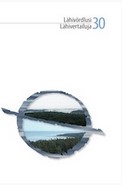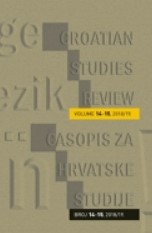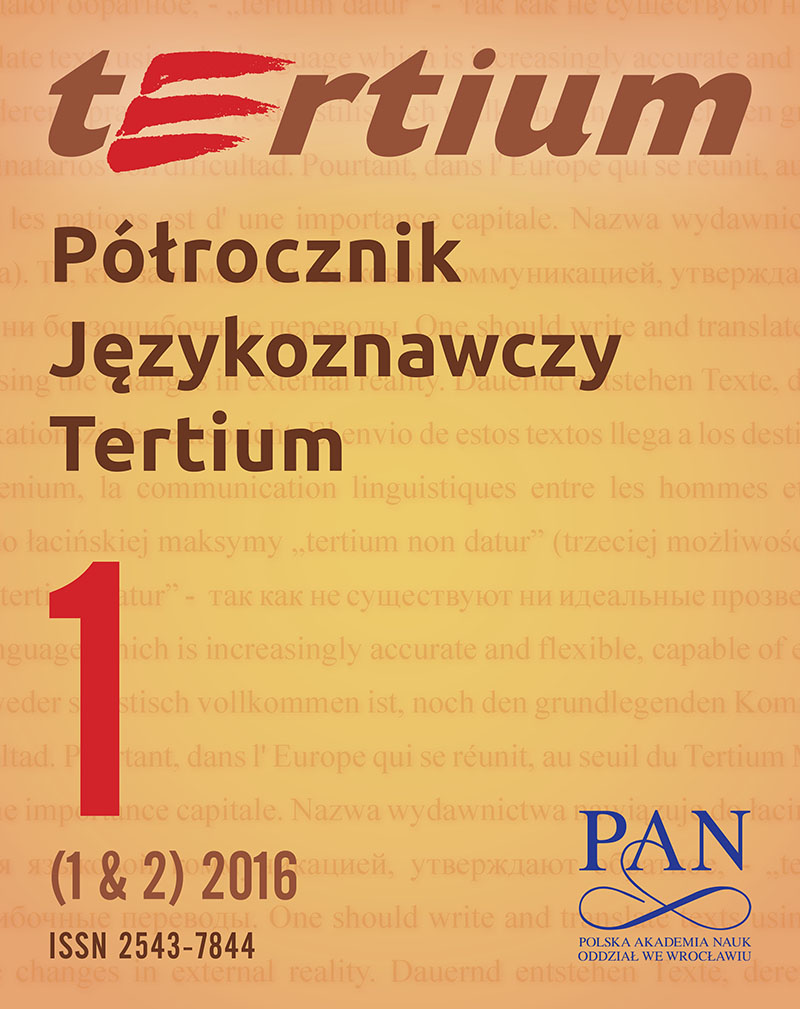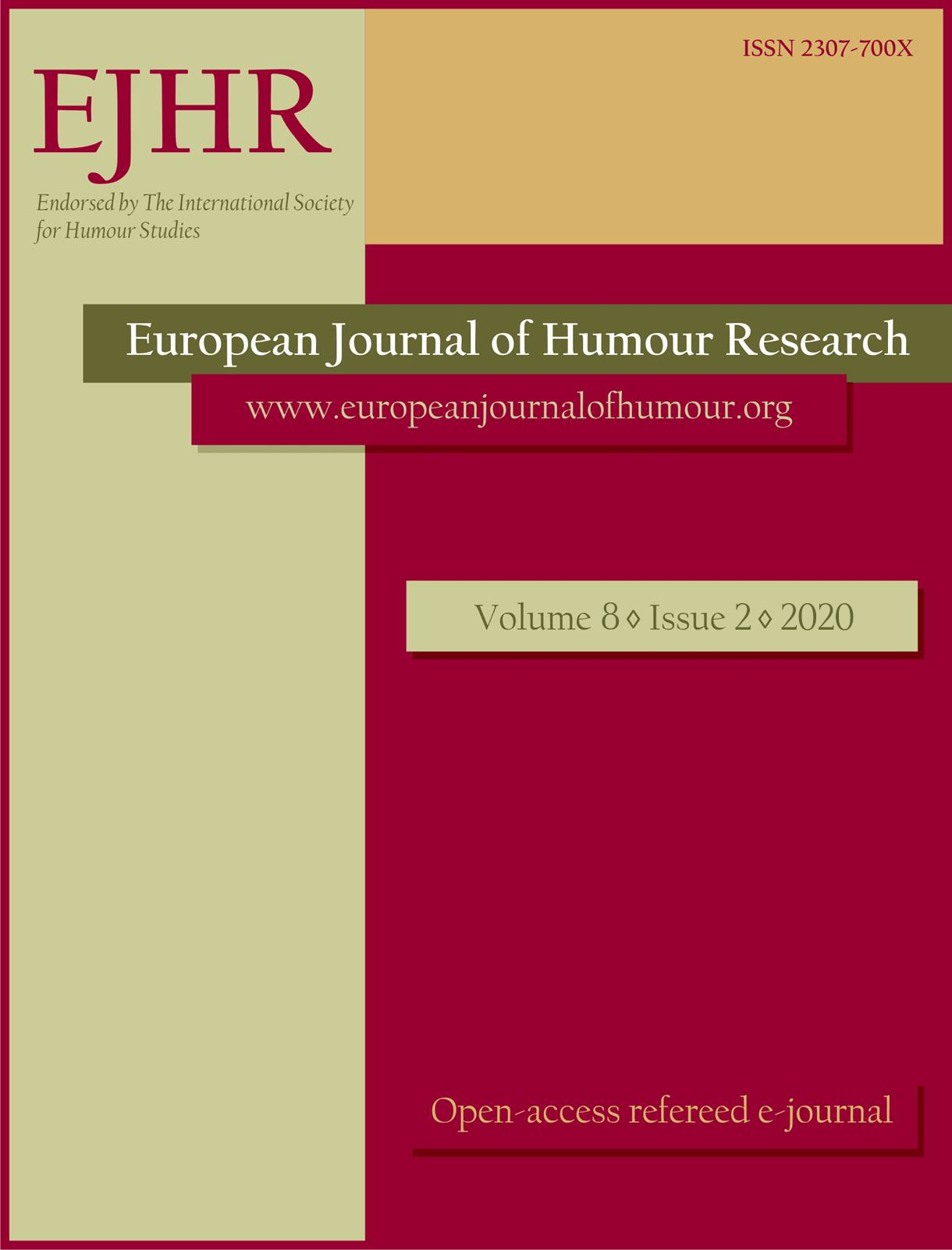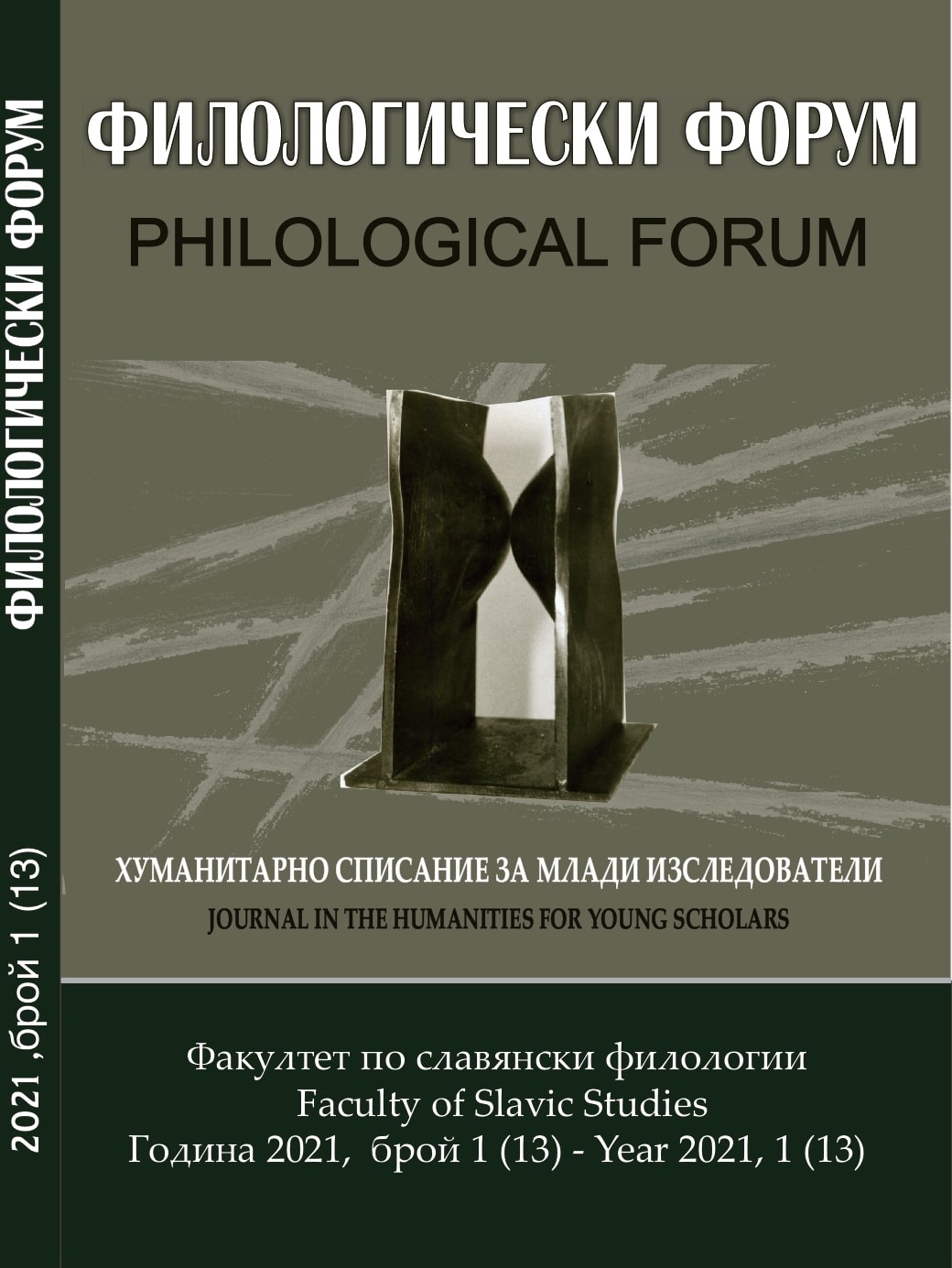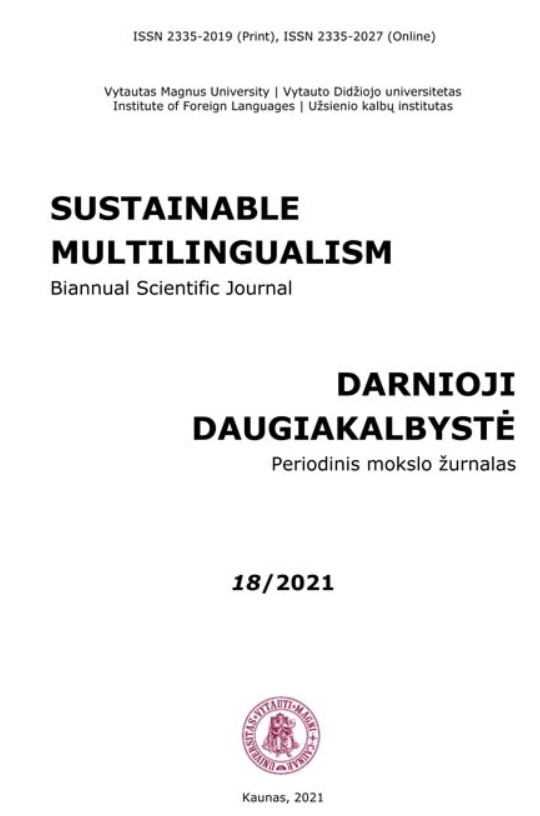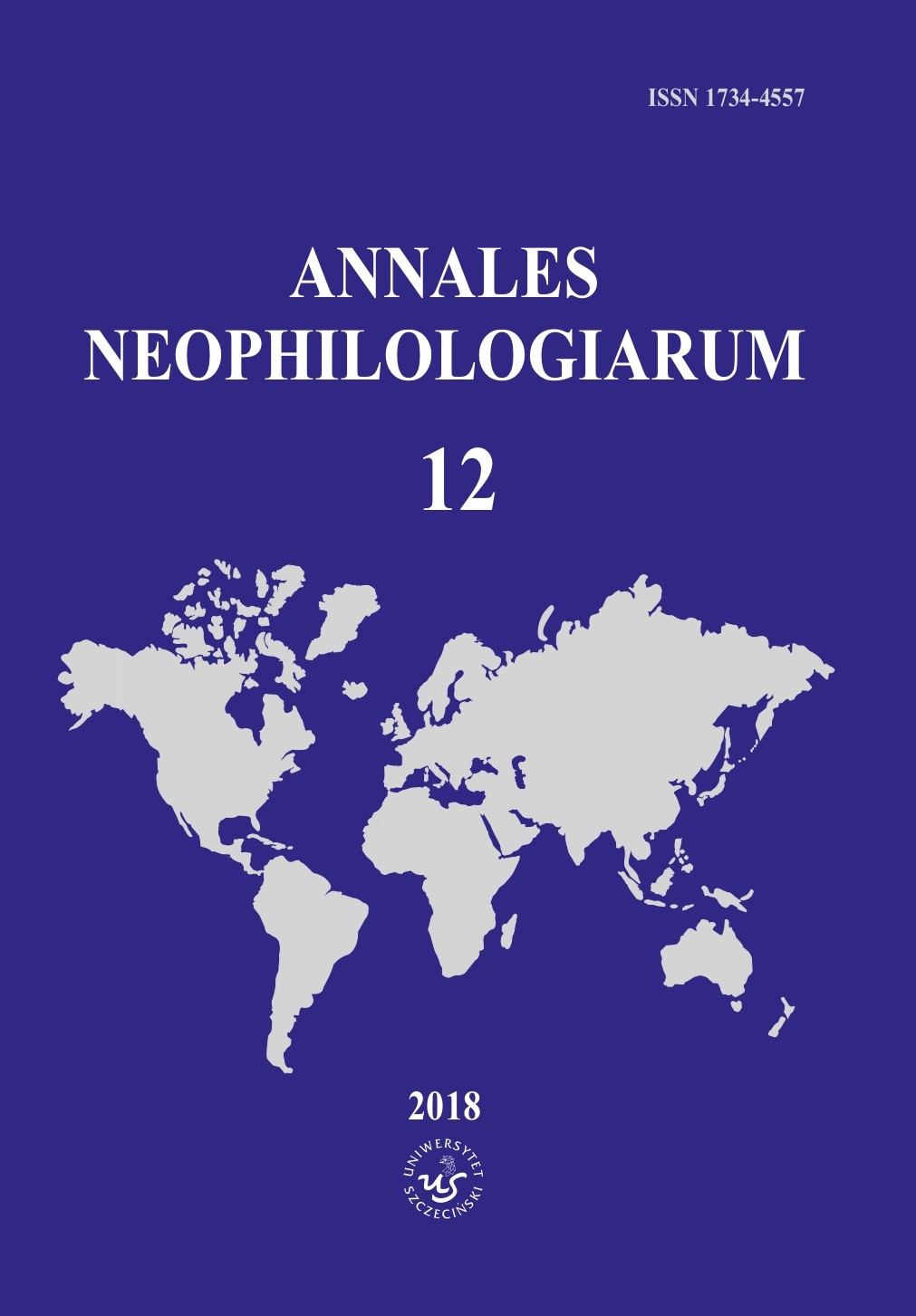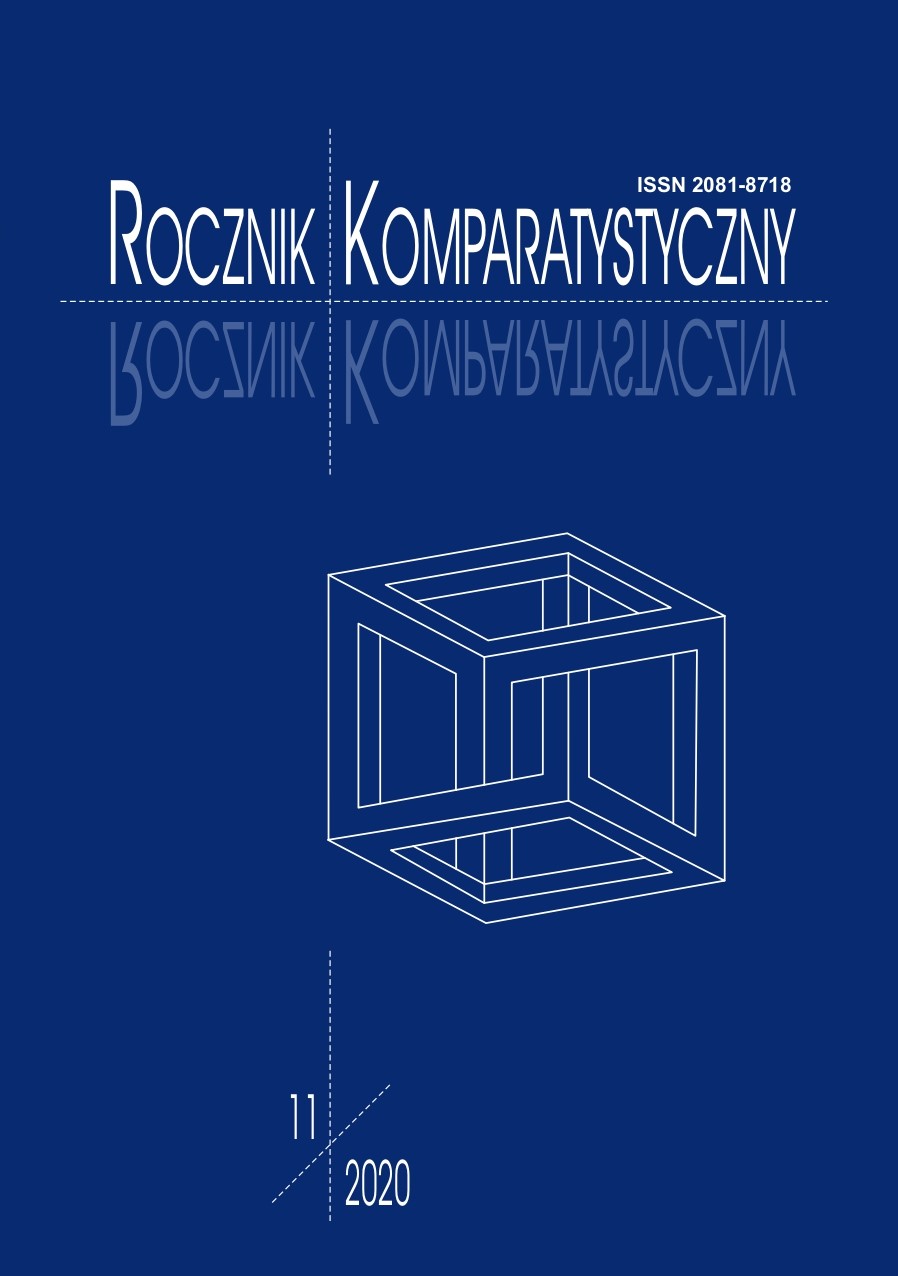Author(s): Ghil`ad Zuckermann / Language(s): English
Issue: 18/2021
This article introduces a new field of enquiry called revivalistics, and explores its trans-disciplinarity and various ethical, aesthetic and utilitarian benefits. Revivalistics is an emerging global, trans-disciplinary field of enquiry studying comparatively and systematically the universal constraints and global mechanisms on the one hand (Zuckermann, 2003; 2009; 2020), and particularistic peculiarities and cultural relativist idiosyncrasies on the other, apparent in linguistic reclamation, revitalization and reinvigoration across various sociological backgrounds, all over the globe (Zuckermann, 2020; Zuckermann & Walsh, 2011; 2014). The article focuses on the crucial differences between revivalistics and documentary linguistics. It provides examples from the field that demonstrate the complexity of the revivalist’s work and how the revivalist’s work is distinct from that of the documentary linguist. Too many documentary linguists mislead themselves to believe that they can easily be revivalists too. But there are two crucial differences between revivalistics and documentary linguistics, which are at war between themselves: (1) Whereas documentary linguists put the language at the centre, revivalists put the language custodians at the centre. (2) Whereas in documentary linguistics the Indigenous/minority people have the knowledge of the language, in revivalistics the revivalist is the one with that knowledge. Given that the Aboriginal/minority people are the language custodians, and given that the language custodians are at the centre of the revivalistic enterprise, the revivalist must be extremely sensitive. A revivalist is not only a linguist but also a psychologist, social worker, teacher, driver, schlepper, financial manager, cook, waiter, babysitter, donor etc. A revivalist must have a heart of gold, “balls” of steel and the patience of a saint. Language revival is similar to co-parenting. But the revivalist is only a step-father. The important biological mother is the Indigenous/minority community. If you are the step-father and your spouse, who is the biological mother, makes what you perceive to be a mediocre decision with regard to your children, you cannot just disapprove of it. After all, the children are your spouse’s more than they are yours. You must work together for the best possible outcome. Similarly, if the community supports a decision that is not linguistically viable, the revivalist can try to inspire the community members, but must accept their own verdict. That would be difficult for a documentary linguist with poor social skills.
More...



